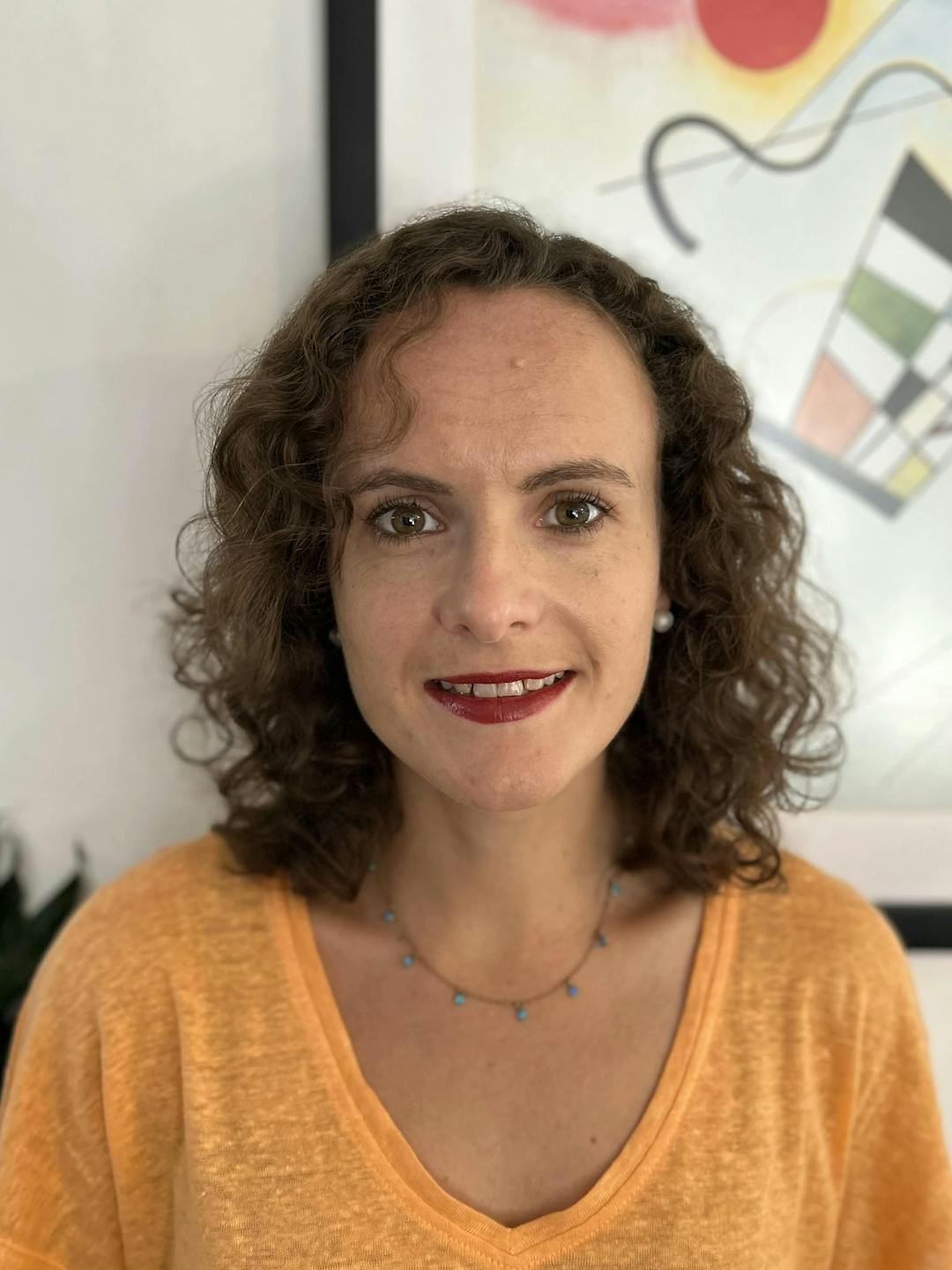Think Aloud Protocol
The Basic Idea
Have you ever found yourself deeply engrossed in a complex task and then suddenly realized you were talking aloud to yourself?
What you were doing is similar to something called the ‘think aloud protocol’ (TAP), also known as “concurrent verbalization.”
When used procedurally TAP is like eavesdropping on someone’s inner thoughts. Here’s how it works. You ask an individual to engage in a task, such as navigating a digital interface, using a search engine, or completing a reading activity. While they work through the task, you also ask them to narrate what they are thinking moment by moment: in other words, to think aloud.
The main idea behind TAP is that verbalizing one’s thoughts can reveal the cognitive processes behind user behavior. This method has been widely used in fields such as usability testing, human-computer interaction, and education to understand what people are thinking, doing, and feeling when interacting with a product or completing an activity.
Jakob Nielsen, usability pioneer and author of Usability Engineering, believes that TAP is the single most important tool in the user experience (UX) toolbox.1 In usability testing, participants’ thoughts are used to identify potential problems with the design and find ways to improve UX. TAP can be applied to the testing of any type of product or service, such as websites, apps, games, devices, or physical objects. Any aspect of the design that causes confusion on the part of the user, such as poor language and labelling, unclear help or instructional text, inappropriate use of color or visual design, can all be revealed through TAP.
There are two different types of TAP: concurrent think aloud (CTA) and retrospective think aloud (RTA). CTA is the most common approach, where think aloud is done while the participant is completing the task. In RTA, participants remain silent while they interact with the product being tested. Once the task is complete, they are shown a ‘reminder’ of what they did (such as a video recording of the participant, or replay of screen activity or eye tracking) and are asked to describe what they were thinking or doing at different points in the interaction. We’ll look at the debates about which one is ‘better’ later in the article.
Thinking aloud may be the single most valuable usability engineering method.
— Jakob Nielsen, author of Usability Engineering
About the Author
Dr. Lauren Braithwaite
Dr. Lauren Braithwaite is a Social and Behaviour Change Design and Partnerships consultant working in the international development sector. Lauren has worked with education programmes in Afghanistan, Australia, Mexico, and Rwanda, and from 2017–2019 she was Artistic Director of the Afghan Women’s Orchestra. Lauren earned her PhD in Education and MSc in Musicology from the University of Oxford, and her BA in Music from the University of Cambridge. When she’s not putting pen to paper, Lauren enjoys running marathons and spending time with her two dogs.



















